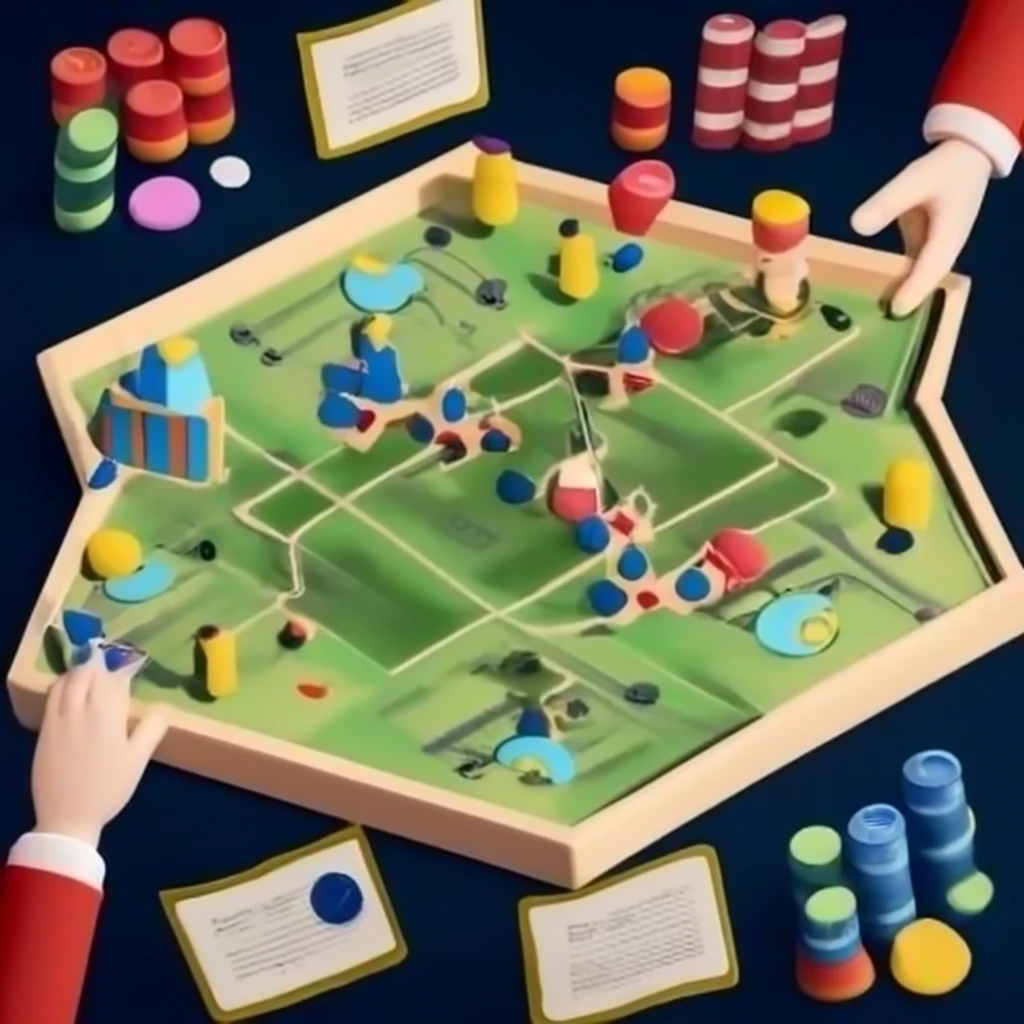Difficulty settings have been a staple of gaming for decades, but adaptive difficulty systems are transforming how games challenge players. Traditional difficulty modes—Easy, Normal, and Hard—offer static experiences, but modern games now tailor difficulty based on player performance.
One of the earliest examples of adaptive difficulty was Resident Evil 4, where enemies became more aggressive if players performed well. More recently, The Last of Us Part II featured granular difficulty settings, allowing players to adjust specific elements such as enemy intelligence or resource scarcity.
Games like Celeste introduce dynamic difficulty through assist modes, giving players the freedom to tweak mechanics without diminishing the challenge. Meanwhile, Hades uses a “God Mode” that gradually reduces damage taken after each failed attempt, encouraging persistence without making the game too easy.
The future of adaptive difficulty may involve AI-driven adjustments, where enemies learn player behaviors and react accordingly. This would create truly personalized gaming experiences, balancing challenge and accessibility without the need for manual difficulty settings.


Leave a Reply